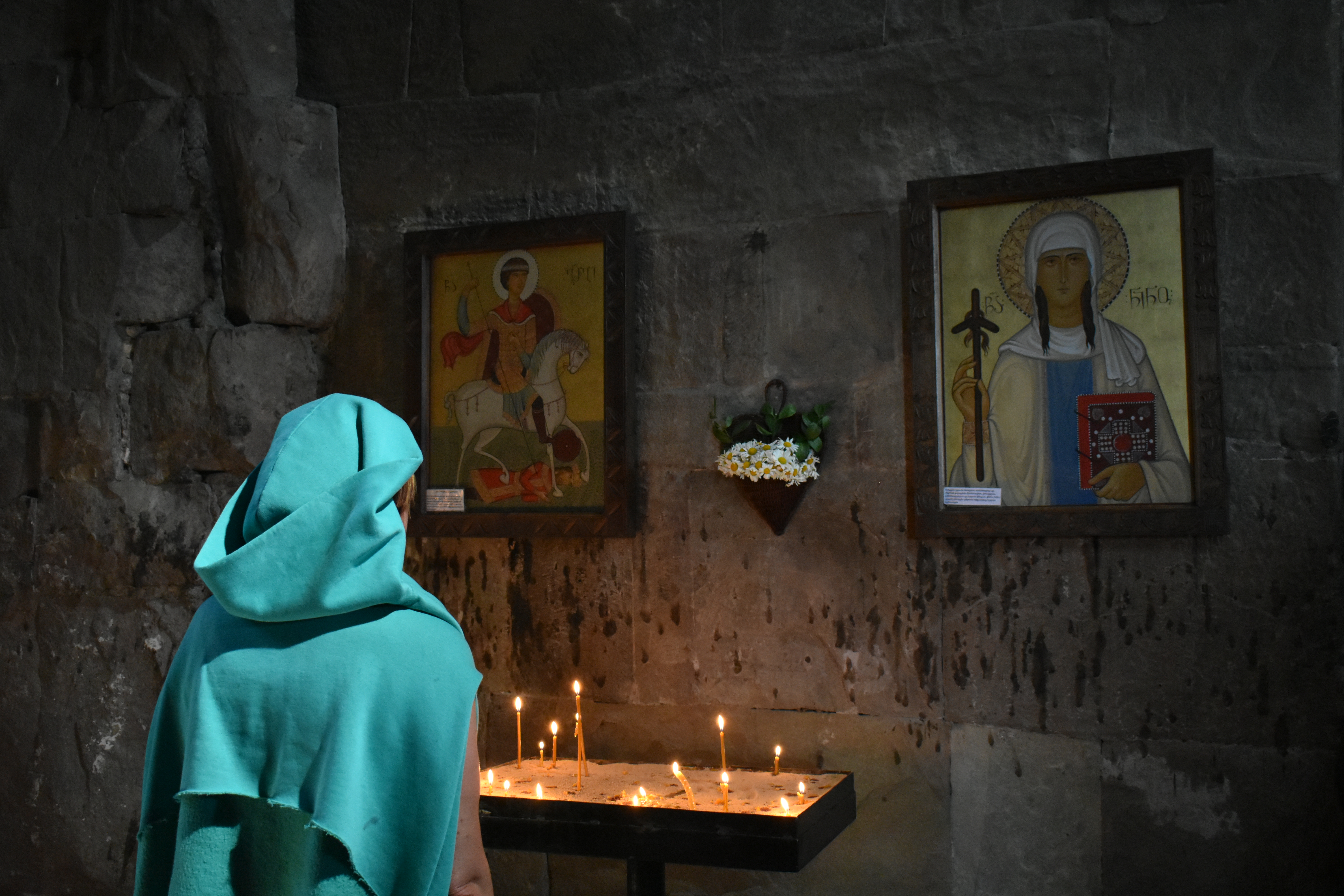At first glance, the Republic of Georgia can seem like something of a religious monolith. Over 80 percent of the population proclaims Eastern Orthodoxy, the official state religion, as their own religion. Over 86 percent claim a denomination of Christianity. Additionally, as Georgians often told me, it is the oldest Christian nation in the world, being among the first to adopt Christianity as the national religion in the fourth century. Therefore, Christianity is often closely tied to Georgian identity, nationalism, and patriotism. However, this image of Georgia as uniformly Christian is incorrect. While most people are Christian, there is significant variety in the remaining 14 percent of the population. One group that makes up part of this gap is the Yezidis.
The Yezidis, an ethnic group indigenous to Iraq and the Levant, are modern descendants of ancient Mesopotamia, both ethnically and culturally. As a minority in the Middle East, they have often faced persecution, most recently including genocide at the hands of ISIS. Today, Yezidis are the largest ethnic minority group in Armenia and therefore have a sizeable population in neighboring Georgia. Iraqi Kurdistan and Armenia host two of the world's Yezidi temples. In 2015, Tbilisi opened the third.
In June, I was fortunate enough to receive an invitation to a Yezidi religious festival Tawafa Ezid at the Yezidi temple in Tbilisi. As Yezidis are a small group worldwide, a google search turned up very little about the festival. I therefore arrived with very few ideas about what would happen.
I soon found that an invitation to the festival was largely unnecessary. The doors to the courtyard were open and people freely flowed in and out. The people wore outfits I would normally associate with Easter in the United States: girls in sundresses and summer heels, men usually in collared shirts and light-colored pants. The courtyard filled with hundreds of people, all huddling under umbrellas for shade. Unlike the crowds in Orthodox churches which tends to be made up mostly of pensioners, the average age of the crowd was about 30. Everyone was cheerful, greeting friends and family as they arrived. A band played traditional music and, when they were cool enough to take a break from the shade, people line danced, the leader holding a red scarf and the rest holding hands in a U-shape, following the leader's steps. The air was loud with laughter and song.
After about an hour of this, the more formal program began. Two young men in traditional dress climbed the cupola on top of the temple as every eye in the courtyard watched. When they hung a flag from the spire, the people below erupted in cheers and the band struck up anew. The program then focused on a microphone as religious leaders addressed the crowd in a language I did not understand. The speakers did not speak English, Russian, or Georgian at the festival. The festival then began to die down. But the Yezidi religion is still very much alive in Georgia. Though the community is small, the active participants are young, ensuring the continuation of the group in Tbilisi in years to come.













